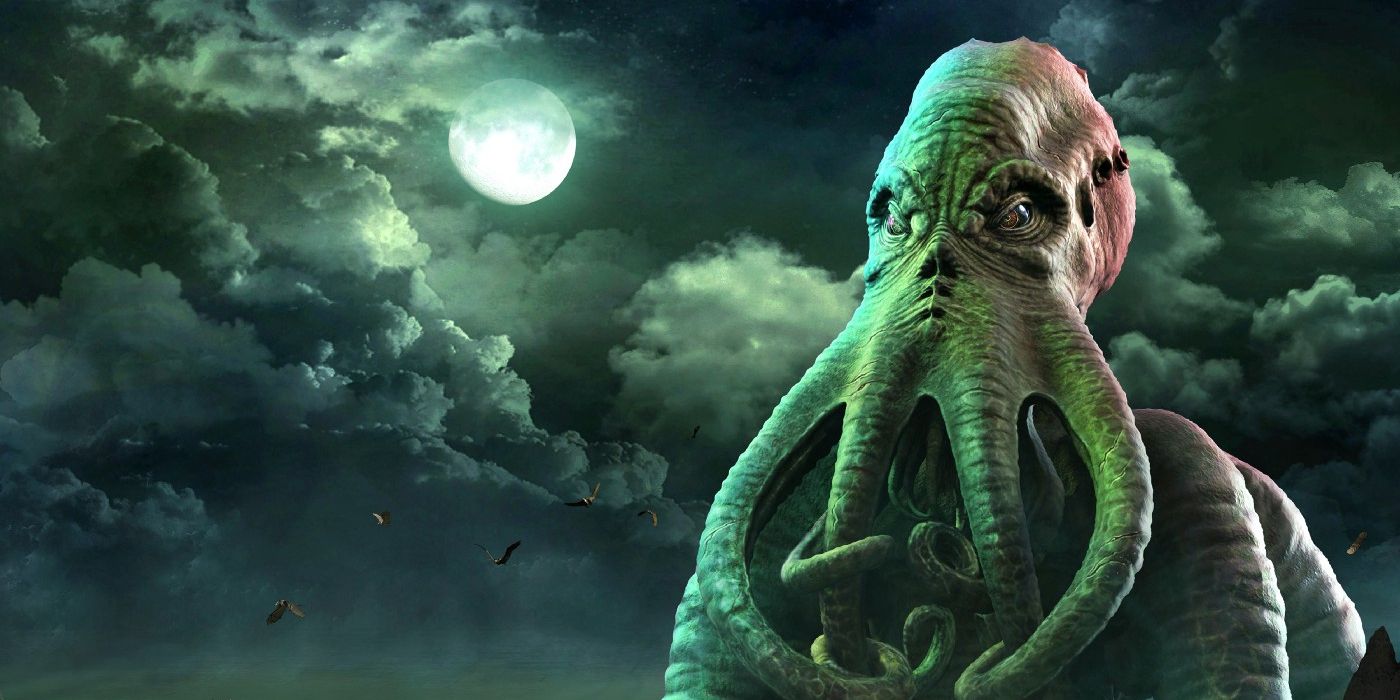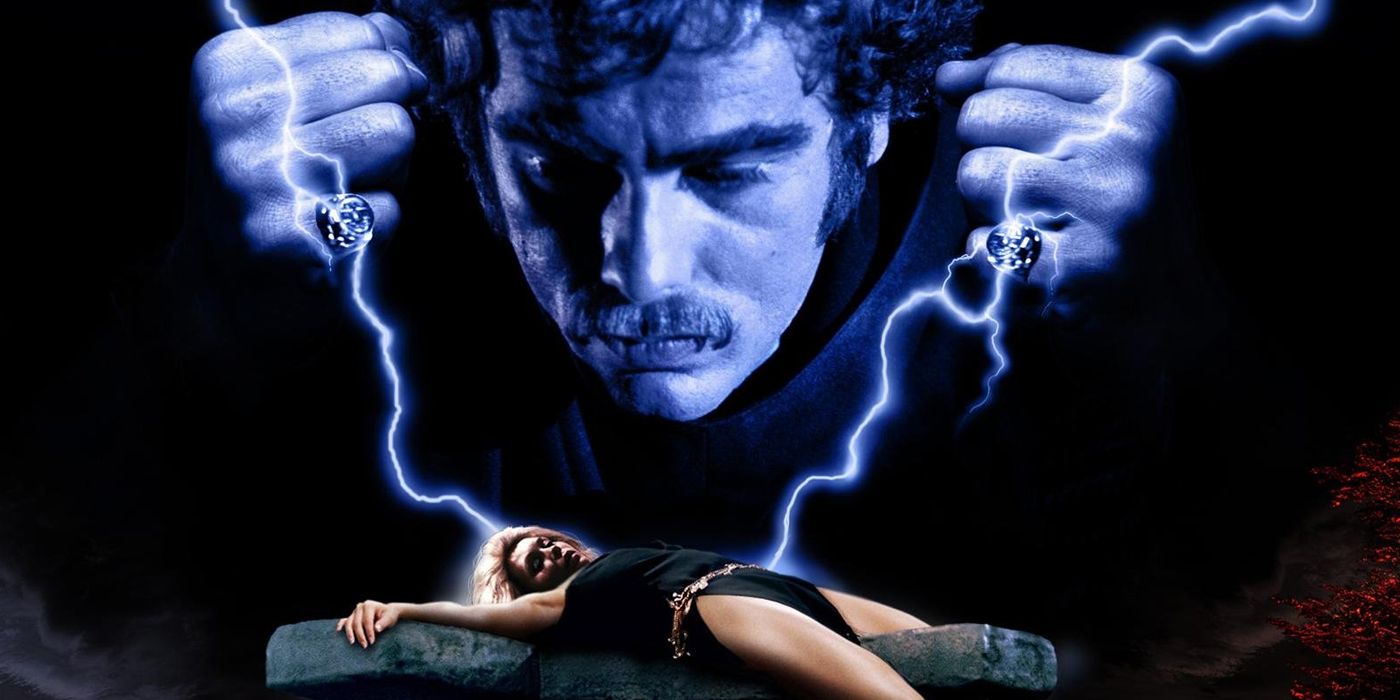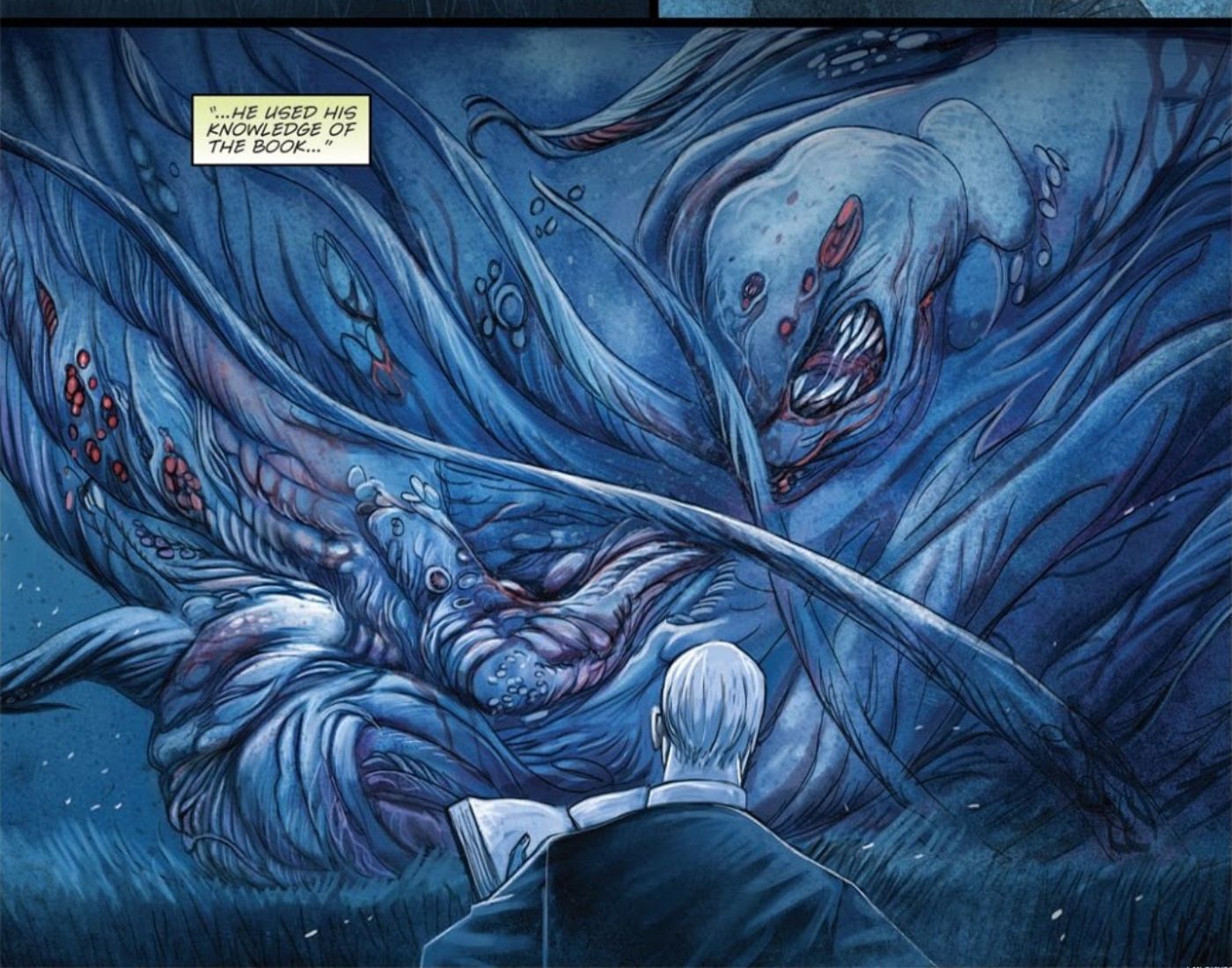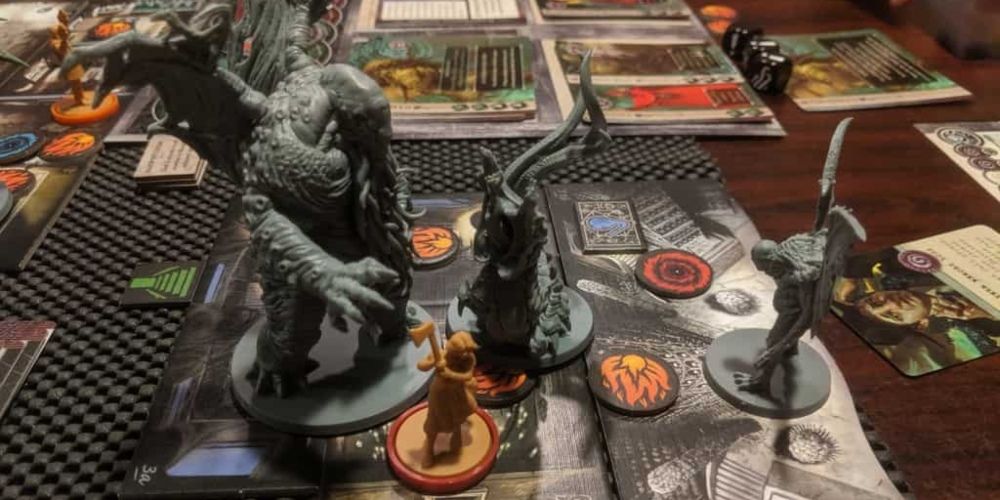As with any universe or mythos, H.P. Lovecraft's Cthulhu Mythos is a combination of tales and characters that endure different types of dangers and stakes. Some tales exist with a more personal threat, and others embody a universal threat. After establishing a theatrical Cthulhu Mythos with "The Call of Cthulhu," there are a vast number of stories that could be adapted that would expand on the mythos' themes. Building on the meeting between humanity and the cosmos, what would be the right story to follow up?
The Cthulhu Mythos could go in many different directions, but the follow-up must expand on the initial ideas. The Case of Charles Dexter Ward has the dark themes and tones to be included in the mythos but not necessarily the Cosmic threat necessary. A story as vast as At the Mountains of Madness or The Dream-Quest of Unknown Kadath would be far too early in the series for its greater implications. The follow-up would need to further explore the original themes and add a new level of danger, and one Lovecraft story contains both of these aspects.
The Dunwich Horror Opens Several New Mechanics
"The Dunwich Horror" is a rare opportunity for the Cthulhu Mythos because it combines horrific creatures, ancient texts, and beings that live outside of the known universe. Taking place on a farm near Dunwich, the story is about Wilbur Whateley, who was born under mysterious circumstances after his grandfather, "Wizard" Whateley, made a deal with the entity Yog-Sothoth. Both Whateley and his son are seen tending to an unseen entity, and livestock around the Whateley farm begins to mysteriously disappear. Wilbur grows at an accelerated rate and becomes obsessed with finding the original Necronomicon, which holds the key to opening doors to other dimensions for horrific beings.
During Wilbur's exploits, he crosses paths with Professor Henry Armitage, the librarian at Miskatonic University, where the completed Necronomicon exists. After crossing paths with Wilbur, Armitage realizes the nefarious nature of Wilbur's exploits and stops him from obtaining the book. In the town of Dunwich, people and animals start going missing as Armitage realizes that Wilbur isn't the only entity in town. It's discovered that Wilbur is actually a horrific part-human monstrosity, and the titular being is his twin brother, who he cared for and fed before his death.
"The Dunwich Horror" is known as one of the best tales in the Cthulhu Mythos, but it would fit a cinematic universe because of the horrific entities that it introduces and texts that factor a great deal into the plot. The horror of this story comes from the forbidden knowledge, its abuse, and the ramifications of its use. Wizard Whateley started when he made a deal with an entity, and the beings created were instrumental in the deaths and potential portals to the known world. Even the story needs little change to be adapted cinematically. The themes at play expand upon the ideas introduced in "The Call of Cthulhu" but add something far more horrifying.
Yog-Sothoth Is the Gate
"The Dunwich Horror" would introduce one of the most powerful Outer Gods in the Mythos, Yog-Sothoth. Also known as "The Lurker at the Threshold," Yog-Sothoth is an omnipotent deity that is locked outside of the known universe. Within the texts, his name is used in numerous incantations and rituals for the user to break the laws of nature, such as resurrecting the dead and mating with a human host. As with all Cthulhu Mythos beings, he is completely indifferent to humanity, but unlike others, he is completely aware of humanity, as well as everything within the universe.
Yog-Sothoth's horror comes from the idea that he knows everything. As stated in the story, "Yog-Sothoth knows the gate. Yog-Sothoth is the gate. Yog-Sothoth is the key and guardian of the gate. Past, present, future, all are one in Yog-Sothoth." It's also explained that he knows when the Old Ones return to Earth, and it's implied that he knows when the universe ends. This presents an elevated horror for the universe in that, ultimately, Yog-Sothoth knows everything, including how the people who contact him will die, along with everything else. Going from the initial themes of "Call of Cthulhu," Yog-Sothoth takes the idea of forbidden knowledge from a cult and puts it into a dark text that could fall into anyone's hands.
The Dunwich Horror Would Be a Must-See Adaptation
Outside of the thematic and character aspects, "The Dunwich Horror" is written to be visualized. Though many of Lovecraft's entities are meant to be indescribable to match the idea of unimaginable horror, "The Dunwich Horror" combines this ideology with several tangible descriptions. Wilbur Whateley is described as goat-like and, after his death, is shown with tendrils and a horrifically detailed anatomy. The Dunwich Horror itself is more indescribable but has features such as ten mouths and numerous tentacles and legs. The beings may be subject to interpretation more than other creatures in the mythos, but they allow for an artistic take for filmmakers to create.
Story-wise, the film would still center around both Wilbur and Armitage, but they would have to be built side by side in a manner similar to The Departed. Wilbur quickly grows throughout the story, so his transition would be shocking regardless. Armitage, who is shown to have extensive knowledge of the Necronomicon and the occult, could hear of the strange surroundings early in the film, build a study revolving around the Whateley family and develop a familiarity with the family before the revelation of Wilbur's intentions force Armitage to act.
This Lovecraftian tale is unique in the Cthulhu Mythos because both main characters follow a similar path. Both are voracious readers who are interested in the occult, but one seeks understanding to stop a threat, and the other is opening the world to unimaginable horrors. This represents both the positive and negative of cosmic horror, both of which leave the Cthulhu Mythos with a sense of dread. The Necronomicon exists and can fall into anyone's hands. What can and has already been summoned? If these things exist and can be brought into the world, what else is out there?




